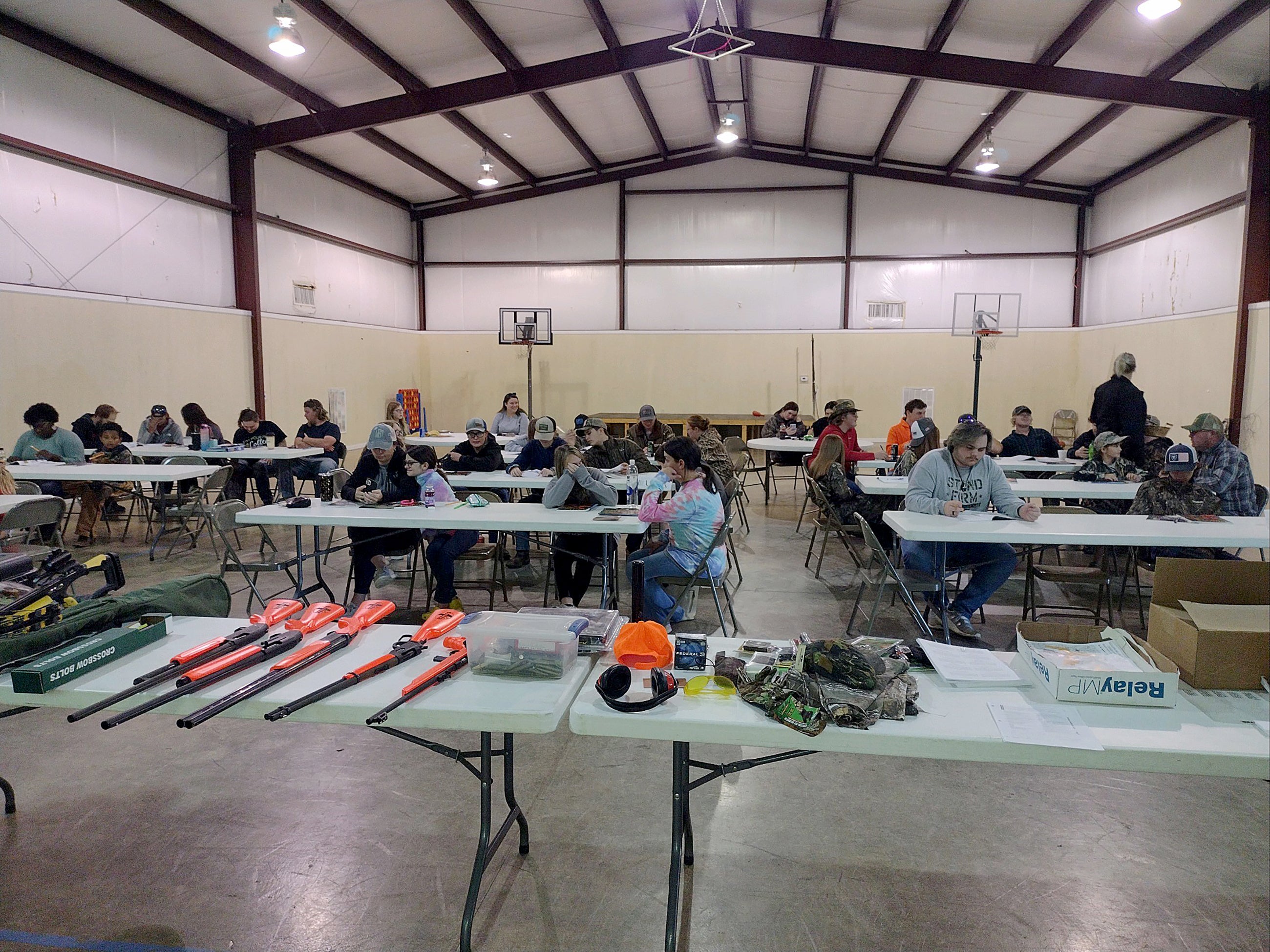Alabama hunters are apparently more aware of the safety aspects of climbing a tree during hunting season. During the 2023-2024 season, only six treestand accidents were reported, down significantly from the average.
Unfortunately, Alabama’s two years without a hunting fatality ended with two this past season.
Michael Bloxom, Hunter Education Coordinator with the Alabama Department of Conservation and Natural Resources’ (ADCNR) Wildlife and Freshwater Fisheries (WFF) Division, said the first fatality occurred during a duck hunting trip in January. The teenage victim pulled his shotgun out of the back seat of the truck with the muzzle pointing toward him when the shotgun discharged.
“That is a classic example of a common accident,” Bloxom said. “Always have the muzzle pointed in a safe direction whether it’s traveling, hunting, target shooting or whatever. And if you’re traveling, it’s better to keep the firearms unloaded and cased.”
The second fatality occurred during a feral swine hunting trip at night in March when another teenage victim was shot by one of his hunting partners.
“They had shot a hog during a legal nighttime hunt,” Bloxom said. “The rifle was slung on the shooter’s shoulder, and they were walking to go get the hog. Apparently, the victim was walking behind. Somehow, that rifle slung around on the hunter’s arm, pointed backwards and went off, striking the victim.
“One thing to point out with semi-automatic rifles or shotguns: Sometimes you think they’re unloaded when actually another round has been cycled into the chamber. The best practice is to remove the magazine and cycle the action to make sure the chamber is clear.”
Four other firearms-related accidents were nonfatal. One hunter was using a pull-up rope with the muzzle of the gun pointed up when it discharged. Two duck hunting accidents and one dove hunting accident occurred when hunters shot at low-flying birds.
The total of six treestand accidents is far lower than last year’s 15 treestand accidents.
“Typically, two-thirds of all hunting accidents are treestand accidents,” Bloxom said. “We actually may be making some headway on getting people to wear their fall-arrest systems. That includes your safety harness and your safety line attached to the tree.”








